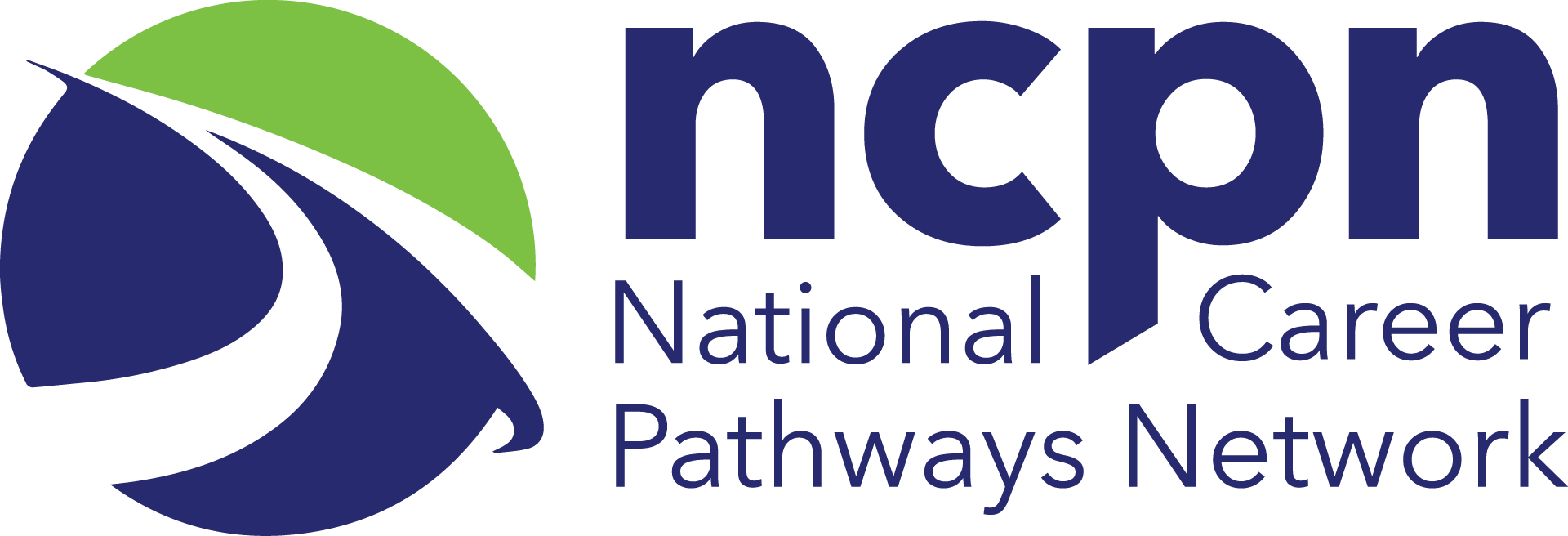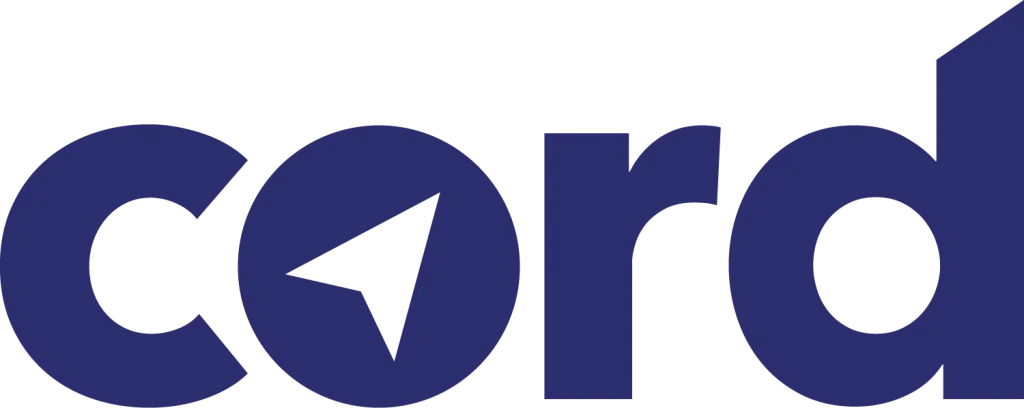Publications
Connections Newsletter
Akukwe, Bettina. (2022). Adults for Industrial Development: Getting Adults Ready for Manufacturing and Skilled Trades. Vol 32 No 5.
Albee, Amy. (2022). Career Pathways Leading to Lake-Sumter State College. Vol 32 No 3.
Alderete-Tomlin, Danine. (2016). Advancing Mechatronics Technical Education to Create a Globally Competitive Technician. Vol 26 No 4.
Alyson L. McIntyre-Reiger. (2017). Work Based Learning Opportunities for Teachers and Counselors in Indiana. Vol 27 No 4.
Amanda, Christopher. (2017). Girl Power: Southside Virginia Community College’s Power Line Worker Program Graduates First Female. Vol 27 No 4.
Anderson, Ann-Claire. (2020). Cross-cutting Skills in Demand for STEM Technician Jobs of the Future. Vol 30 No 4.
Arnott, Jeff. (2022). The Adult Learning Center of Osceola: Going Beyond Business As Usual. Vol 32 No 1.
Arora, Chander. (2022). Crossroads: Classroom to Career in Biotechnology. Vol 32 No 5.
Barger, Marilyn, and Lakshmi Jayaram. (2020). STEM Technician Students Surveyed About Remote Instruction. Vol 30 No 2.
Barger, Marilyn. (2016). NSF ATE: Promoting the Technologies That Drive America’s Economy. Vol 26 No 4.
Barger, Marilyn. (2019). Manufacturing Day & Month: Opening Young Minds to Opportunities in Advanced Manufacturing. Vol 29 No 3.
Bartlett, Anne. (2017). Jumpstart Program Offers Free Training for Industrial Jobs. Vol 27 No 3.
Beard, Jeffry W. (2017). Extended Learning Opportunities (ELO) at Hinsdale High School. Vol 27 No 4.
Behel, Corey. (2016). 12 For Life: Better Lives Through Education and Employment. Vol 26 No 5.
Beheler, Ann. (2016). Free Online Resources Available to All, Supported by the National Science Foundation. Vol 26 No 4.
Blackshear, Yvonne. (2022). Understanding the Benefits of Performance-Based Learning. Vol 32 No 5.
Bowman, Cara. (2017). Career Pathway Assessment Tool. Vol 27 No 3.
Bragg, Barbara E. (2017). Tempered Radical Leadership in Technical Education: Filling the STEM Skills Gap. Vol 27 No 3.
Brustein, Michael. (2016). Emergence of “Career Pathways” in CTE, AEFLA, and WIOA Now Will Facilitate Participation in NCPN Activities in the Future. Vol 26 No 6.
Brustein, Michael. (2017). What If Congress Fails to Reauthorize Perkins? Vol 27 No 4.
Brustein, Michael. (2018). Blending and Braiding Funds for Career Pathways. Vol 28 No 1.
Brustein, Michael. (2019). Perkins V Increases Flexibility, But Not Always. Vol 29 No 1.
Burke, Scott, (2016). The #1 Failed Math Class in America and What Educators Can Do. Vol 26 No 1.
Cayen, Alise. (2017). Preparing to Serve: Law Enforcement Career Pathway Programs Needed More Than Ever. Vol 27 No 3.
Cayen, Alise. (2019). Reseda Charter High School’s Police Academy Magnet Proves Itself to Be “STEMworthy.” Vol 29 No 4.
Cheney, Scott. (2021). Credential Transparency Bolsters the Impact of Education and Career Pathways. Vol 31 No 3.
Chillis, Eboni Camille. (2017). Making STEM Appeal to Female Students. Vol 27 No 3.
Conner, Michelle. (2017). Stackable Credentials: A Pathway to Success. Vol 27 No 1.
Cooper, Kevin. (2020). COVID-19, Higher-Ed, and What the Future Holds: The View from RCNET. Vol 30 No 2.
Costantino Torrie, and Kim Chiu. (2019). Jump-Start Students’ Careers: Pathway Certificates of Proficiency. Vol 29 No 1.
Cotner, Hope, and Marilyn Barger. (2021). Infusing Necessary Skills into CTE-STEM Curriculum. Vol 31 No 1.
Cotner, Hope. (2017). Mapping Upward Project Helping Colleges Expand Stackable Credentials. Vol 27 No 2.
Cotner, Hope. (2018). Partnerships for the Future. Vol 28 No 4.
Craw, Jeanette. (2016). Pike High School’s “Speed Mentoring” Program. Vol 26 No 1.
Crawford, Carol. (2017). Employer Engagement: The AMT Program Involves Employers from Beginning to End. Vol 27 No 2.
Davies, Josh. (2020). Foresight 2020: The Evolution of Work and Education. Vol 30 No 3.
Day, Cindy. (2019). Inspiring Tomorrow’s Manufacturing Workforce through Summer Camps. Vol 29 No 5.
Dempsey, Mark, and Ann Beheler. (2019). The BILT Model: Six Ways to Engage Employers and Give Students the Skills They Need to Get Hired. Vol 29 No 2.
DiBiase, Debra, and Amal Amanda Issa. (2019). Bridging Alternative Education to College Entry and Success. Vol 29 No 2.
DiNoto, Vincent. (2016). GeoTECH: Empowering Colleges and Expanding the Geospatial Workforce. Vol 26 No 4.
Donely, Chery. (2017). E3 STEM: Exploration, Education, and Employment in Science, Technology, Engineering, and Math. Vol 27 No 5.
Doody, Shannon. (2017). Indiana Pathways Innovation Network. Vol 27 No 2.
Evans, Robert, Angela Johnson, and Fatham Riordan-Ng. (2018). How to Build High-Quality Dual-Enrollment Classes Through Strong Collaborative Practices. Vol 28 No 3.
Fletcher, Linnea. (2016). How to Create an Entry-Level Certificate from Core Bioscience Skill Standards. Vol 26 No 4.
Foster, Chris. (2016). What Is a Freshman Transition Initiative and Why EVERY School Needs One. Vol 26 No 2.
Foster, John C. (2017). Driving CTE Excellence Through High-Quality Credentials and Certifications. Vol 27 No 1.
Garza, Eloy. (2018). Preparing Our Future Entrepreneurs. Vol 28 No 3.
Harris, Robert P. (2016). Buffalo Schools’ Career and Technical Education Department: Fulfilling Buffalo’s New Employment Needs by Procuring CTE Grants. Vol 26 No 2.
Hartman, Thomas. (2018). Raising Awareness of Industry-Driven Career Pathways. Vol 28 No 3.
Hess, Scott. (2016). Secondary Health Science Education: A Cross-State System. Vol 26 No 2.
Hoag, Rachel (2023). Building a Better Future Through Career Development. Vol 33, No 2.
Janes, Sarah. (2021). SelecTech Partnership Provides Valuable Hands-on Experience for Students. Vol 31 No 2.
Johnston, Sharon. (2017). Kentucky Adult Education: Your Future Starts Here! Vol 27 No 1.
Jones, Leslie. (2023). Paying for Post-Secondary Education: No-Cost Resources from the CFPB. Vol 33, No 1.
Klein, Steve, and Debra Mills. (2017). Finding the Trailhead: Career Pathways Intake Design. Vol 27 No 6.
Konruff, Ben, Jennifer Wagner, and Ann Westrich (2020). Career Pathways Are Working in Wisconsin. Vol 30 No 1.
Korengel, Jacqueline. (2019). Managing Change: The Human Capital Side of Change Management. Vol 29 No 1.
Lachcik, Melissa, and Amy Murphy. (2019). Joliet Junior College Partners with Industry to Bridge the Skills Gap. Vol 29 No 4.
Lachcik, Melissa, Michelle Lyman, and Libby Budd. (2019). Don’t Be Humble! Share the Success of Your Adult Education Students. Vol 29 No 3.
Lake, Rebecca. (2020). Decision-Making Strategies for Building Registered Apprenticeship Programs. Vol 30 No 1.
Lehr, Steve. (2023). Closing the Skills Gap Requires a Wider Talent Pool. Vol 33 No 2.
Little, Beth. (2021). Advancing Career Pathways in Mississippi. Vol 31 No 4.
Lobes, Mark. (2017). Ensuring the T and E in the STEM Classroom and Engineering Pathway. Vol 27 No 2.
Looney, Joe. (2019). i-TECH Academy: A “Win-Win-Win” for Students, Industry, and the Community. Vol 29 No 1.
Mageehon, Ali. (2017). Moving from Strategic Initiative to Sustainability: 10 Years of Oregon Career Pathways. Vol 27 No 1.
Maldonado, Jennifer, and Dana Thomas. (2018). Exploring Your Options and Finding Your Passion Through Career Pathways. Vol 28 No 1.
McDonald, Lyndsey. (2016). Obtaining Career Ready Credentials for Health Science Students. Vol 26 No 2.
McKinnon, Tammi. (2016). Flipped Student Services: Restructuring How We Support Today’s Students. Vol 26 No 3.
McLees, Todd. (2020). Considering the Role of Higher Education in Building the Next-Generation Workforce. Vol 30 No 4.
Mills, Debbie. (2016). New Release of the Career Pathways Toolkit: An Enhanced Guide and Workbook for System Development. Vol 26 No 6.
Mills, Debbie. (2016). Work-Based Learning. Vol 26 No 5.
Mills, Debbie. (2017). Student Entrepreneurs in CEO Program Learn 21st-Century Business Skills. Vol 27 No 2.
Moote, Peter. (2016). On the Threshold of a Dream: From Mass Incarceration to Mass Education Through Second Chance Pell Grants. Vol 26 No 5.
Moote, Peter. (2017). NCPN Reaches Out in National Reentry Effort. Vol 27 No 4.
Morris, Darren. (2022). Blend Intangible Employability Skills into Current Technical Programs. Vol 32 No 5.
Navarra, Agustin. (2016). CORD’s Experience in the Dominican Republic: An Update. Vol 26 No 1.
Navarra, Agustin. (2016). Update on a Career Pathways Project in Brazil. Vol 26 No 3.
Parker, Priscilla, Nilanjana Caballero, Janine Plavac, and Kim Smith. (2016). Get in the Game: Engaging Students in Active Healthcare Instruction. Vol 26 No 2.
Ranucci, Jill. (2022). Academic Esports: Gateway to STEM-Related Careers. Vol 32 No 4.
Ranucci, Jill. (2022). Shifting Focus to Increase Students’ Opportunities for Success in the Workplace. Vol 32 No 4.
Reese, Camille N., Amanda Rhea, and David Bullins. (2018). Lessons Learned: How Removing Silos Has Led to Innovative Programming. Vol 28 No 4.
Reese, Camille. (2020). A Case Study in Stackable Credentials: Emergency Medical Services Career Pathways at Mitchell Community College. Vol 30 No 3.
Reyes, Juana M. (2018). The Leading Learning Project: A Professional Learning Model for Early Educators. Vol 28 No 2.
Roberts, Richard H. (2016). Skeptical Thoughts to Emerging Minds. Vol 26 No 4.
Robinson, Ben. (2016). Oklahoma Education and Industry Partnership (OEIP). Vol 26 No 6.
Rose, Danielle. (2020). LEAP@ForsythTech: Building and Launching a Registered Apprenticeship Program in Six Months. Vol 30 No 1.
Rosin, Mitch. (2019). Career Pathways in the Age of Technology and WIOA. Vol 29 No 3.
Sanders, Brady, and Roger Sanders. (2016). How Collaboration and Networking Mean You Will Never Go to an Interview—But Are Always Being Interviewed. Vol 26 No 1.
Scherphorn, Cynthia. (2019). Building a Strong Partnership to Sustain Student Success. Vol 29 No 2.
Shoun, Stan. (2018). Learn 2 Earn: Building the Bridge Between Play and Work. Vol 28 No 1.
Snowberry, Mike. (2023). Youth Apprenticeship Collaboration Helps to Shape Future Northeast Wisconsin Workforce. Vol 33, No 2.
Spaciel, Jaime, and Cara J. Bowman. (2017). Articulation Strategies for Four-Year Pathway Development: Best Practices from the Wisconsin Technical College System. Vol 27 No 2.
Spaciel, Jaime, and Matt Janisin. (2018). Secondary-to-Postsecondary Automotive Career Pathways: Driving Students to Success. Vol 28 No 2.
Stagnolia, Reecie D. (2020). Investing in Adult Education Is an Economic Catalyst. Vol 30 No 1.
Stansberry, Monica, and Kenneth Goffney. (2019). Assessment as a Coaching Tool. Vol 29 No 3.
Strucko, Rachel, and Terri Keefe. (2019). LCCC SHINE: A Solution for STEM Engagement. Vol 29 No 4.
Swinney Staley, Erica. (2018). Building a Regional Manufacturing Career Path System: Social Inclusion and Institutional Innovation. Vol 28 No 4.
Tucker, Jamilah, Anne Skuce, and Nikki Wearly. (2018). Statewide Articulation in Ohio. Vol 28 No 4.
Van Noy, Michelle, and Heather McKay. (2021). A Quality Framework for Non-degree Credentials. Vol 31 No 3.
Warren, Amy. (2020). Integrated Design Thinking at NorthWest Arkansas Community College: Approaches to Interdisciplinary Problem-Solving. Vol 30 No 4.
Westrich, Ann, and Julie M. Hau. (2016). A Systems Approach: The Wisconsin Technical College System and Career Information Systems Use Career Pathways to Help Wisconsin Students on Their Career Journeys. Vol 26 No 6.
Westrich, Ann. (2016). Starting on a Career Pathway While in High School? Why Not? Vol 26 No 1.
Williams, Taneka. (2019). Maximizing Postsecondary Opportunities in Career and Technical Education for Secondary Students Through Articulated and Dual Pathway Credit. Vol 29 No 2.
Wolff, Mandy. (2018). Work-Based Learning Is an Integral Part of Closing the Skills Gap. Vol 28 No 1.

